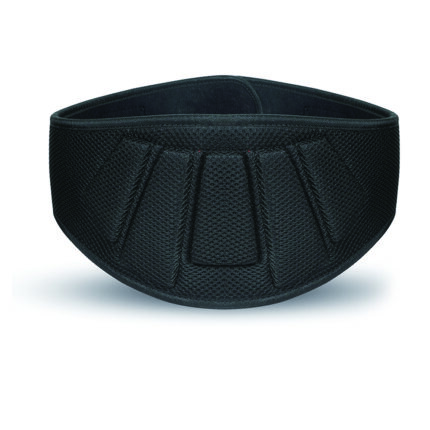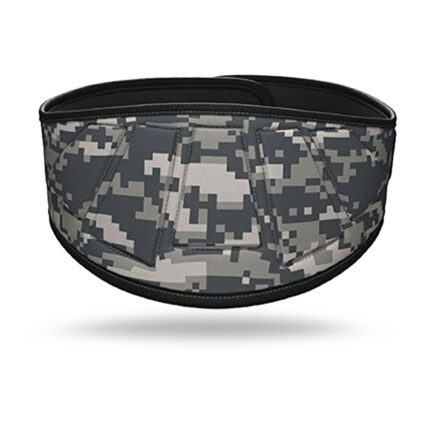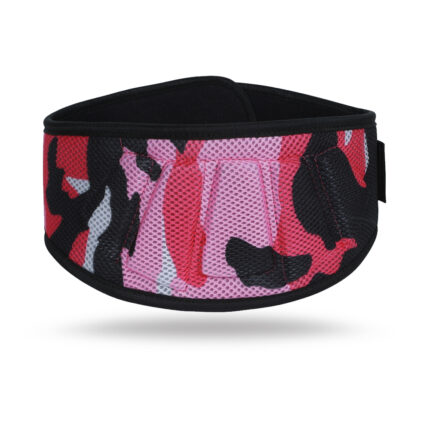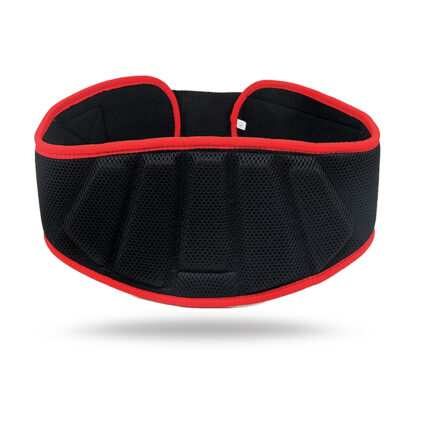Neoprene Belts
Neoprene weightlifting belts are supportive accessories worn around the waist during weightlifting exercises, providing stability and support to the lower back and core. These belts are made from neoprene, a synthetic rubber material known for its flexibility, durability, and water resistance.
- Material: Neoprene weightlifting belts are constructed from neoprene, a type of synthetic rubber. Neoprene is chosen for its elasticity, allowing the belt to provide support while still allowing for some degree of flexibility and movement during lifts.
- Width and Thickness: Neoprene weightlifting belts typically have a uniform width, ranging from around 4 to 6 inches. The thickness of the neoprene may vary, but it's generally thinner than leather belts, usually around 5 to 8 millimeters. This thinner profile offers support while allowing for more flexibility and mobility during exercises.
- Closure System: Neoprene weightlifting belts commonly feature a Velcro closure system. This makes them easy to adjust and secure around the waist, providing a customizable fit for different body types and preferences. The Velcro closure allows for quick adjustments during workouts without interrupting the flow of training.
- Lining: Some neoprene weightlifting belts may include a soft fabric lining on the inside for added comfort against the skin. This lining helps prevent irritation and chafing during prolonged use and ensures a snug fit without slipping or bunching up during exercises.
- Contoured Design: Neoprene weightlifting belts often feature a contoured or tapered design along the edges. This contouring provides a comfortable fit around the waist and hips, minimizing pressure points and allowing for better mobility and flexibility during lifts.
- Breathability: Neoprene weightlifting belts typically offer good breathability compared to leather belts. The neoprene material allows air to circulate, preventing overheating and moisture buildup during intense workouts. This keeps the lifter comfortable and focused during training sessions.
- Versatility: Neoprene weightlifting belts are suitable for various exercises, including squats, deadlifts, overhead presses, and more. They provide support and stability to the lower back and core muscles, helping reduce the risk of injury and allowing for better performance during lifts.
Neoprene weightlifting belts are favored by many athletes and fitness enthusiasts for their combination of support, flexibility, and comfort. When selecting a neoprene weightlifting belt, it's essential to choose the right size and thickness to ensure proper fit and support for your individual body type and lifting needs. Additionally, proper technique and form should always be prioritized when using a weightlifting belt to maximize its benefits and minimize the risk of injury.








